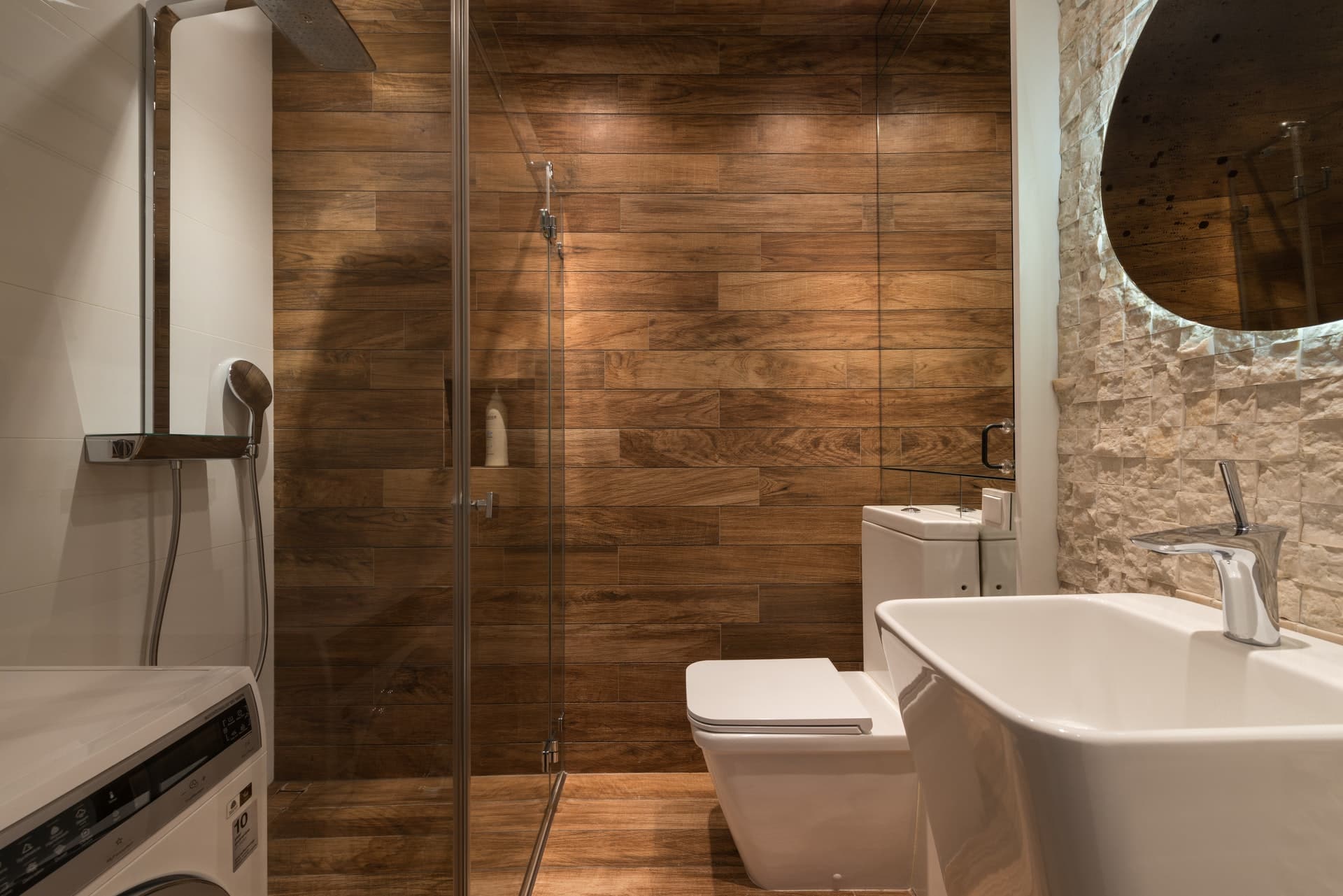If you’re new to the world of bathroom design, you’ve probably heard of some of the most famous rule of thumb for bathroom layouts. You may not be able to read them all or even remember them all, but they are an essential part of bathroom planning.
The rule of thumb for bathroom layouts were created even way back in the Victorian times, but there are actually many rules that will apply no matter when you’re planning your bathroom. This article will help you learn a little bit more about some of the most famous rules for bathroom layouts. This information can be used to give you some great ideas about your bathroom design, whether you’re working on a small bathroom, a large bathroom, or a combination of both.
Rule #1: No Standing Water
This is the first and most important rule for bathroom floor plans. Whether it’s a bathtub or a shower stall, there should be no standing water anywhere in the room. This includes areas around fixtures and plumbing, as well as other things like a door leading to the shower or the tub. Any standing water is an invitation to mold and mildew.
Rule #2: Sufficient Space
There should be enough space to move around in the room. Showers can take up quite a bit of floor space, so make sure you don’t have a corner that is simply too small for a shower or a toilet. If there are multiple sinks in a bathroom, take note of how much space you have to move around, and always leave at least one space of open floor space for each of your sinks and toilets. This way, you will always have access to your sinks and toilets, and you won’t have to turn your back to them whenever you enter the room. Visit a Sunbury bathroom store or a showroom near you to get an idea on how best to deal with the space you have.
Rule #3 Headroom
When designing your bathroom for two people, you should always make sure there is plenty of headroom. Showers can take up quite a bit of floor space, so be sure there is room to move around without hitting a wall or other obstacle. Also, remember that baths are notorious for having a high water pressure and a very large amount of steam. You’ll need to make sure there is plenty of space to make it through one of these trades without tripping and falling.
Rule #4 Efficient Storage

If you’re going to be storing items in your bathroom, then make sure your storage space is efficient. For example, cabinets should be located where they won’t be easily accessible by children or pets. Consider installing hooks on the walls or any other low-level area to make sure your most used storage spaces are easily accessible.
These are just a few of the general rules for bathroom layouts that you can use. Of course, different bathrooms will be unique and require completely different strategies. Bathrooms are constantly evolving and new trends arise regularly, so the information in this guide will not be as useful if you have plans for a completely cutting edge bathroom.
It’s always a good idea to consult with a professional bathroom designer who can help you create the perfect floor plan, but the above are some general guidelines that you can follow to get started.


